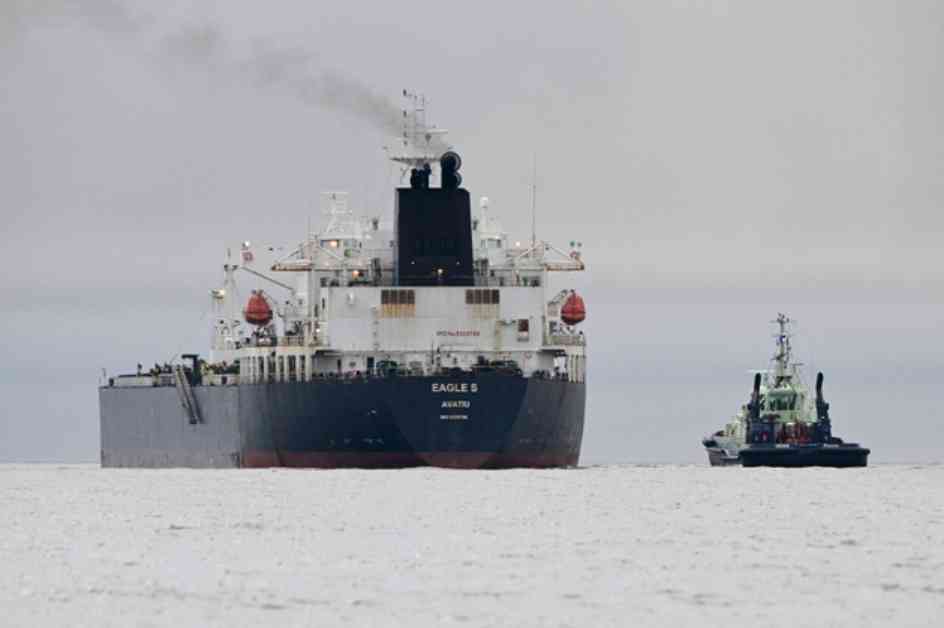**Unveiling Russia’s Mysterious ‘Ghost Fleet’ Amid Western Oil Sanctions**
Russia’s shadow fleet, also known as the ghost fleet, has once again captured the world’s attention following Western sanctions imposed on its crucial oil sector. Since Russia’s invasion of Ukraine in February 2022, the number of oil tankers with questionable ownership or lacking proper insurance has surged, allowing Moscow to continue exporting its crude despite international pressure.
**The Impact of Sanctions**
The United States and Britain have taken decisive action by imposing sanctions on Russia’s energy sector, targeting major players like Gazprom Neft. More than 180 ships, along with Russian oil giants Gazprom Neft and Surgutneftegas, have been designated as subject to these sanctions. Despite Western efforts to curb the shadow fleet through targeted measures, the effectiveness remains limited, according to a report by the US think tank Atlantic Council.
**Defining the Ghost Fleet**
The Kyiv School of Economics (KSE) defines the ghost fleet as commercial vessels that are not owned by G7 countries or do not carry protection and indemnity (P&I) insurance. These vessels, also known as “dark fleets,” are utilized by countries like Iran and Venezuela to circumvent US sanctions. Since the conflict in Ukraine began, the shadow fleet, previously associated with Iran and Venezuela, has significantly expanded in size. Approximately 17% of all oil tankers are now part of the shadow fleet, including various merchant vessels.
**Risks and Challenges**
Prior to the recent events, Russia faced restrictions on oil exports, price controls on its crude, and a ban on maritime services to finance its military activities in Ukraine. To navigate these obstacles, Moscow has had to reduce its reliance on Western maritime services by acquiring tankers and providing its own insurance. However, none of the vessels in Russia’s ghost fleet possess adequate P&I insurance, essential for covering risks like war-related incidents, collisions, or environmental disasters such as oil spills. With the majority of P&I insurers located in the EU and UK, both of which have imposed multiple rounds of sanctions on Russia, the shadow fleet poses a significant non-military threat. In the event of an accident involving a Western ship or an oil spill, supporters of Ukraine could bear the consequences of this covert maritime operation.
**Conclusion**
The intricate web of sanctions, maritime challenges, and geopolitical tensions surrounding Russia’s ghost fleet underscores the complexity of global energy dynamics. As international stakeholders navigate this volatile landscape, coordination and cooperation are vital to address the loopholes exploited by Moscow to sustain its shadow fleet operations. The implications of this clandestine maritime network extend far beyond economic interests, highlighting the broader implications of power struggles in the modern world.

















